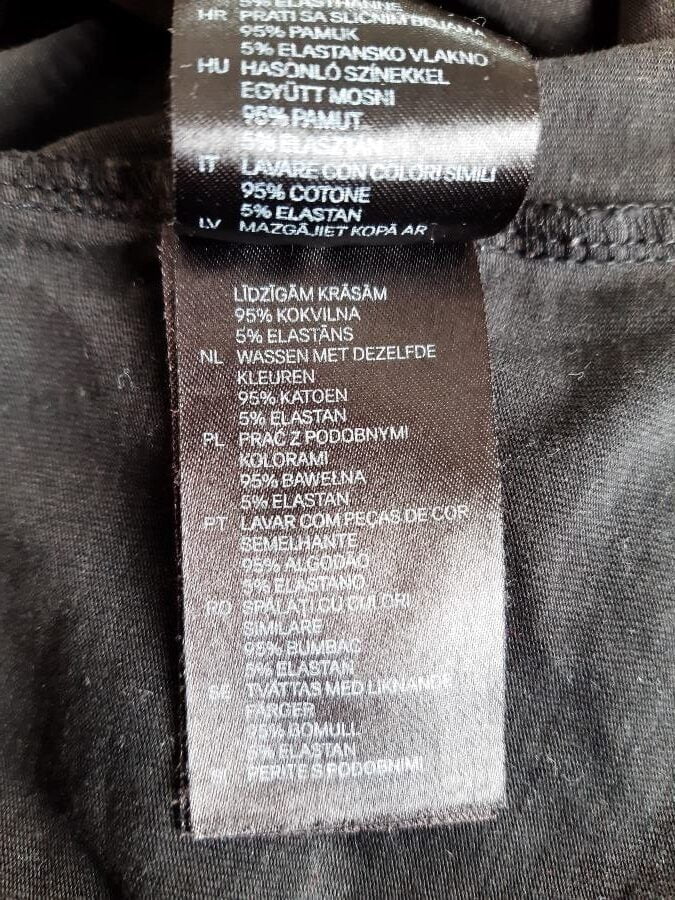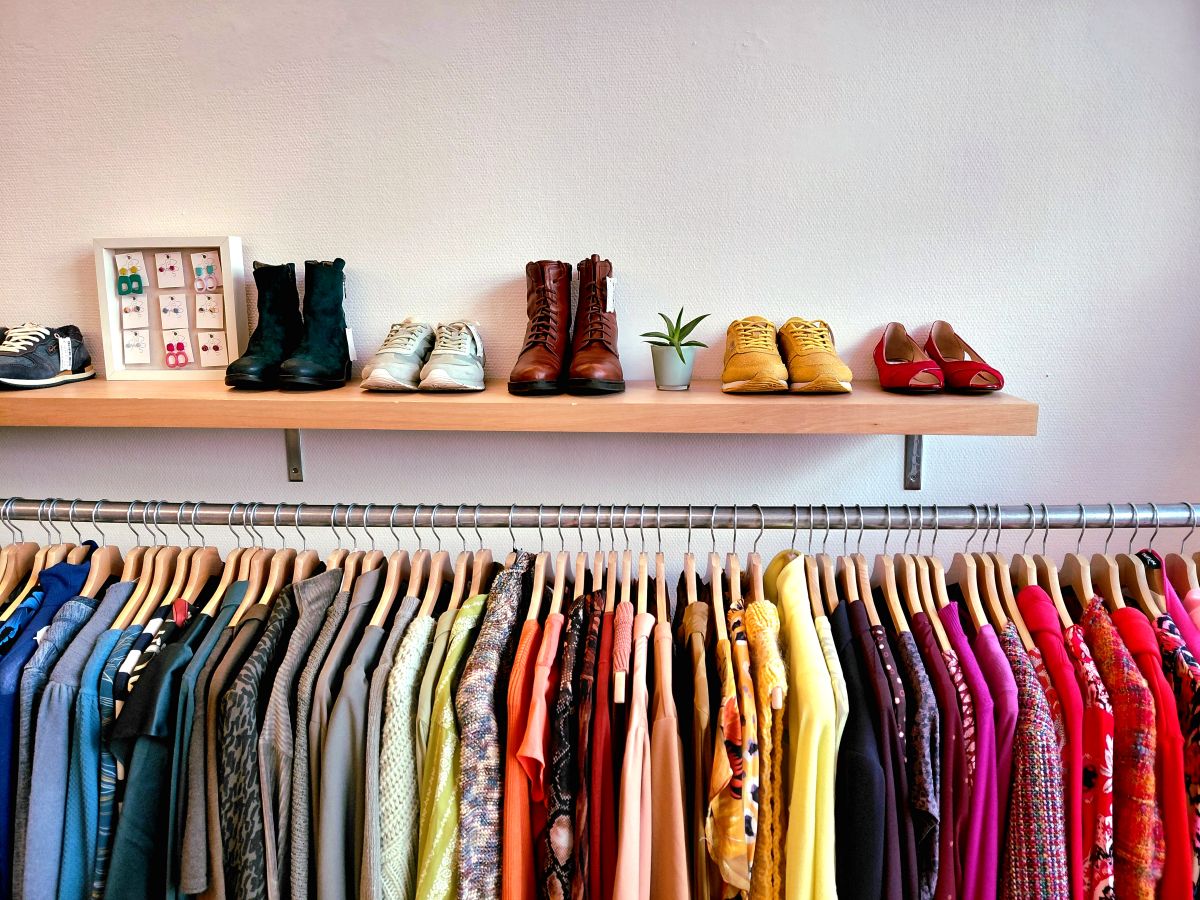Do you wear sportswear regularly? Are you a fan of tight-fitting jeans? Or do you sometimes put on leggings or tights? Chances are these garments contain elastane. What kind of material is this? And how is it made? Many websites praise elastane, but is it really as fantastic as it seems? In this article, we tell you all about it!
What exactly is elastane?
Elastane, also known by its English name spandex or the brand names Lycra and Dorlastan, is an elastic synthetic textile fibre. It is made from polyurethane. You may also know it by the name PUR, from PUR foam. Polyurethane is a chemical made from petroleum by-products, i.e. oil. To make elastane, crude oil is heated, mixed with chemicals and then spun dry. This creates a very flexible thread. This synthetic thread can be stretched under tension to as much as 500%. If the thread is released, it simply returns to its original state.
What is it used for?
Elastane is used for products that need to be very elastic and strong. Think swimwear, yoga leggings, but also tights, for example. Or how about fitted sheets? These products usually contain between 15 and 40% of elastane. It is also incorporated into other fabrics, for instance cotton, and thus used for jeans, T-shirts, underwear or socks. In that case, the garment contains a lot less elastane, usually between one and five per cent.
Elastane is a multifunctional fabric. It is very strong and also hardly wears out, which is definitely a plus. The material makes a garment or, for instance, bedding stretchable, but also returns to its original shape again and again. Thanks to elastane, your swimming costume will therefore not bulge after swimming and your tights will also keep the same size. It also ensures that your underwear or socks do not sag, but stay neatly in place. Or how about tight-fitting jeans? Thanks to elastane, your jeans will keep their shape even after wearing them. So elastane seems like a great material, but unfortunately it is not so great for the environment.


Elastane is in so many fine clothes.
Is elastane durable?
We can be brief about that: no. Because while elastane is a strong material that hardly wears out, it is unfortunately not very eco-friendly. As we told you before, it is made from polyurethane. And oil is not exactly known for its sustainable image. Because a lot of chemicals, energy and water are used during the production process of elastane, it has a considerable ecological impact. Moreover, elastane is hardly, if at all, biodegradable. This also makes it difficult to recycle.
What is a good alternative?
To start with the bad news: unfortunately, there are currently no good alternatives to elastane. No other fabric is as flexible and as elastic. And because it is so widely used, it is almost impossible to buy only clothes without elastane. Fortunately, many garments, such as jeans and socks, contain only a small amount of elastane, say two to three per cent. And good news: for several years now, experiments have been taking place with elastane made from processed sugar. Now this is still done on a small scale, but who knows, maybe it will be used more in the future!
How do you handle elastane in a sustainable way?
Okay, so unfortunately it is not yet possible to buy, for example, swimwear without elastane. So how do you take care of these items in the best way? Make sure they last a long time and you don't have to replace them often. First of all: buy your clothes in the right size. Elastane can indeed stretch nicely, but if it has to be under constant tension because your garment is secretly just too small, the stretch is lost and it will naturally wear out faster.
In addition, don't wash your garments too often and put them in a laundry bag (where possible) to reduce the release of microplastics. We also recommend not using fabric softener. This causes it to put sort of a layer over the elastane, making the fabric less stretchy. To reduce the likelihood of elastane stretching, we advise you to set your washing machine on a thousand rpm or lower when spinning. Elastane cannot withstand high temperatures, so do not tumble dry your garments, but let them dry on a drying rack. Curious about our tips on how to do your laundry as sustainably as possible? Then be sure to read this item briefly, because we've also figured that out for you before.
Is your garment with elastane unsalvageable? Then definitely don't just throw it in the bin, but Take it to a special clothing bin. Is your garment still in good condition, but you no longer want to wear it yourself? Maybe you can make someone close to you happy with it. And otherwise you could, for example to a second-hand shop or thrift shop.

In the label, you can quickly see if there is elastane in your (sports) clothes.
More sustainable tips from thegreenlist.nl
- Wondering which fabrics are sustainable and which are not? You can read it here.
- Sustainable swimwear: what to look out for?
- Looking for sustainable bedding? This sustainable bedding is made of Tencel.
Sources: WhereWhatIn, Project CeCe, FromHere, BNN VARA - Kassa. Photo credtis: main image from left to right: Dre Dau (Unsplash), Divazus Fabric Store (Unsplash), Elina Fairytale (Pexels). beach: наталья-маркина (Pexels), yoga: Alexy Almond (Pexels), clothing label: Kirsten Marit Schoner.












